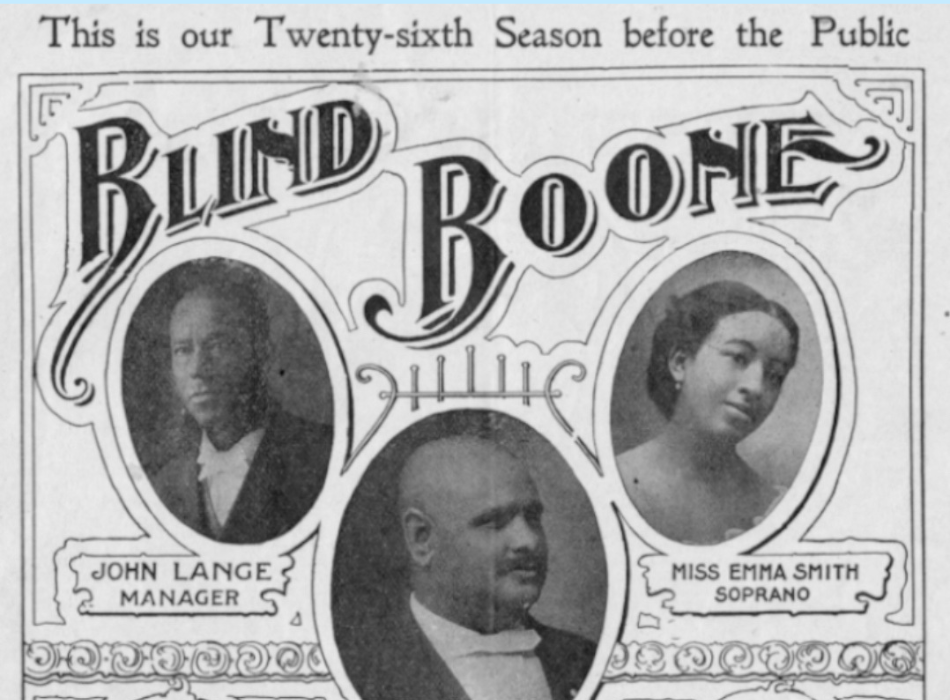Written by: Whitney Mosley,
Education Manager, History Museum on the Square
For around 250 years, the Osage made the Ozarks their home. They were the most prevalent indigenous group in Missouri and made an important impact on the state’s history. The Osage people call themselves the Wazhazhe, meaning “people of the middle water.” Their ancestors are believed to have come from around the Ohio River Valley. About 1,500 years ago, they migrated west to the Mississippi River. Here they split, with one group traveling up the river and settling in the St. Louis area.
Around the 1600s, the Osage moved further into Missouri, living along the Missouri and Osage Rivers. The Osage controlled much of the land in Missouri, northern Arkansas, and parts of Kansas and Oklahoma, from the 1600s-1800s. Between 1808 and 1872, the U.S. government forced the Osage to cede their lands and move to what is their current Osage Reservation in northern Oklahoma.
There are around 21,000 members of the Osage Nation today. In the early 20th century, an oil boom on their Reservation allowed them to fund the preservation of their history, culture, and language. They have been self-governing since 1906 and have had their own constitution for the last thirteen years. “We are not relics,” an official statement released by the Nation in 2023 states. “The Osage Nation is thriving on our Reservation in Northeast Oklahoma – a people of strength, hope, and passion, honoring the stories of the past and building the world of the future.”
About the Osage Culture Traveling Trunk
The Osage Culture Traveling Trunk shares the cultural heritage of the Osage people through hands-on learning. The trunk contains diverse materials suitable for a variety of learning styles including visual, auditory, and tactile learning. The Osage Culture Traveling Trunk was produced in collaboration with the Osage Nation
Government and approved by the Osage Nation. The osage Nation’s co-sponsorship of the Traveling Trunk contributes to greater cultural competence in the United States. As Native Americans and other historically disempowered cultural groups gain influence over the way they are represented, misunderstanding and fear of other cultures are replaced with knowledge, curiosity, and appreciation.
Learn more and reserve the trunk: historymuseumonthesquare.org/trunks
The History Museum on the Square
154 Park Central Square
Springfield, MO 65806
417-831-1976





